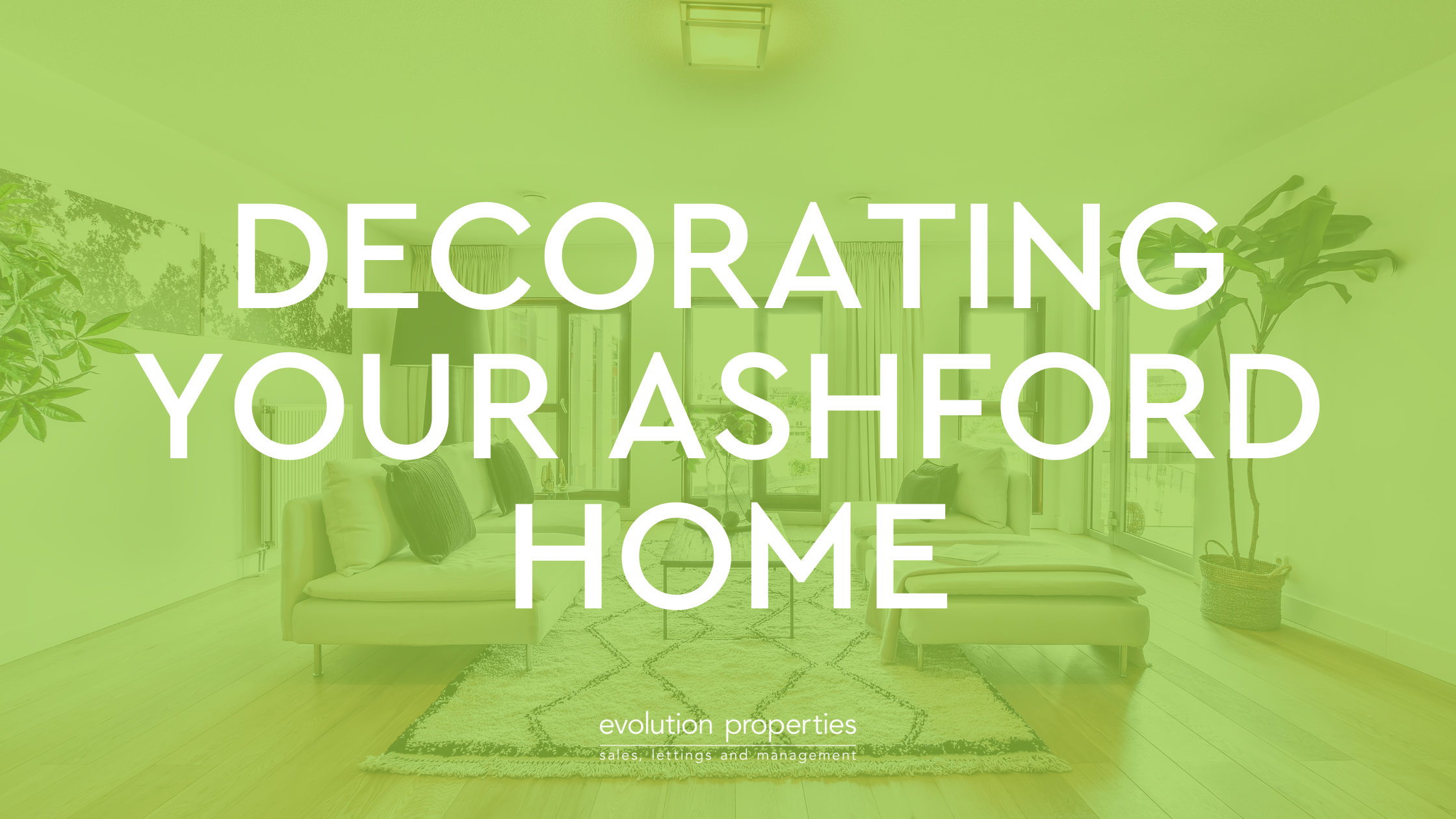Decorating your home is a great way to express your personality and create a space that's uniquely yours. But if you've never done it before, it can also seem like an overwhelming task. Decorating doesn't need to be expensive or complicated. You can use furniture to define your space, choose the right fabrics, find inspiration from other places, and think about lighting and accessories. Keep it simple, especially if you have little kids or pets!
Choose the furniture that best fits your needs
Choose furniture that fits your home.
- Choose furniture that fits your lifestyle.
- Choose furniture that fits your budget.
- Choose furniture that is comfortable, durable and safe to use in the space you have available for it (e.g., no sharp edges).
Paint walls and trim
Paint your walls and trim in a colour that fits the overall theme of your home. If you're going for an elegant feel, consider using neutral tones like white or cream. For a more relaxed vibe, look to earthy greens or blues with white trimming as an accent colour.
Don't forget to paint the ceiling! A fresh coat of paint can really make a difference in how bright and airy a room feels--and while it may seem like an unnecessary step when decorating on a budget, it can make a difference.
Don't use too many colours in one room; this will make things appear cluttered rather than cosy or eclectic!
Add plants and flowers, but don't overdo it!
Flowers are a great way to add colour to your home. They can be expensive, though, so don't overdo it! A few flowers in a vase are enough. If you want to add plants or flowers but don't have the budget for fresh ones all the time, consider using other options like ivy, dried flowers or succulents as decoration.
Decorating doesn't need to be expensive or complicated.
You can easily decorate your home with items you already have, or even find cheap furniture at second-hand stores such as Ebay or Facebook Marketplace.
There are also plenty of ways to decorate your house without spending any money at all! Just look around and see what you can find on the street--you might discover some great finds that add character and personality to your space without costing a dime.
Use furniture to define your space.
Decorating your home can be a fun, rewarding experience. You get to make it as beautiful and comfortable as you want. The first step is deciding on the style of furniture that fits your taste and lifestyle. The next step is knowing how to arrange it in order to create separate areas within the same space so everyone can have their own space when they need it, while still being able to relax together when they want something more communal.
Use furniture to define your space: This means using pieces like chairs or couches where people will sit down or lie down (depending on what kind of piece), tables for eating meals at or doing homework at (again depending on what kind), desks where computers can be placed along with other office equipment such as lamps, printers etc.; all these things help define different parts within one room without having any physical barriers separating them from each other.
Choose the right fabrics.
When you're choosing fabrics, it's important to consider the following:
- How easy is it going to be to clean?
- Will the fabric match my home decor?
- What colour is this room? Do I need something that brings out its best features, or will darker colours make it look smaller and more closed in?
- What type of furniture do I have? Will this fabric compliment my sofa, chairs and table with accessories such as throw pillows or blankets (or both!)
Find inspiration from other places.
When you're decorating your home, it's important to find inspiration from other places. There are many different ways you can do this:
- Look at homes in magazines and catalogues. Many companies will put out special issues that feature their products in homes and offices. These can give you ideas for what kinds of furniture would work well together in a room, as well as how to arrange them so that everything looks good together without being crowded or empty looking. They'll also show different styles of decorating (modern versus traditional) and show which ones work best for various types of rooms--for example, if you want to hang up pictures on the walls or have shelves instead.
- Look online! There are tons of websites dedicated solely toward helping people design their own spaces with ideas for what kind of furniture goes where, tips on how much money should be spent per item or category (like lighting fixtures), etcetera... It's really easy nowadays but we still recommend talking directly with an interior designer before making any purchases because they may have valuable insight into what works well within certain price ranges while still maintaining quality craftsmanship throughout each piece being considered.
Think about lighting and accessories.
- Lighting can be used to create a mood. For example, if you're looking for a cosy and intimate space, dimming the lights will help set the tone.
- Accessories are a great way to add colour and texture to your home. Some accessories include throw pillows on the couch or blankets over chairs in your living room.
- Accessories can also be used in small spaces like bathrooms and kitchens where there may not be much room for artwork or other larger pieces of decorating items that take up lots of space!
Decide on a theme.
Next, you'll want to pick a theme that fits both your lifestyle and the space in which you live. For example, if you are an avid gardener who loves the outdoors, consider choosing a theme that incorporates plants or flowers into its design. Alternatively, if you're more of an urban dweller who prefers modern decorating styles over traditional ones, then perhaps something more contemporary would suit your tastes better.
Decide on a theme that works best for both you and the space where it will be displayed by considering how easy it will be to maintain over time (and whether or not this matters). For example: If there are kids around who may make messes with crayons on walls or furniture then maybe opt for something easier-to-clean like plastic instead of wood; if there aren't many windows in your home but plenty of natural light coming through outside then consider using blackout curtains; if there's no way around having pets around who shed fur constantly then maybe choose carpeting instead of hardwood floors!
Keep it simple, especially if you have little kids.
- Use a neutral colour for walls and furniture. This will make it easier to keep your home looking clean and tidy when your kids are around. Neutral colours are also more forgiving of stains, which is important when you have young children at home!
- Choose simple designs for your furniture and accessories. You don't want anything that's too complicated or expensive to replace when the inevitable happens (and trust me--it will). Go for basic shapes such as rectangles or circles over triangles or curvy designs so there aren't any sharp edges sticking out anywhere that can hurt someone accidentally while they're playing around in the room where these items are placed on display in their house (or apartment). Also, remember that this rule applies not just within one room but throughout all rooms within any given space that guests might visit regularly.
Conclusion
When it comes to decorating your home, there's no one right way. And this is a good thing! You can choose whichever style works best for you and your family, whether that means going all out or keeping things simple. Just remember not to lose sight of what really matters: having fun together as a family while creating memories in your new home.







Share this with
Email
Facebook
Messenger
Twitter
Pinterest
LinkedIn
Copy this link